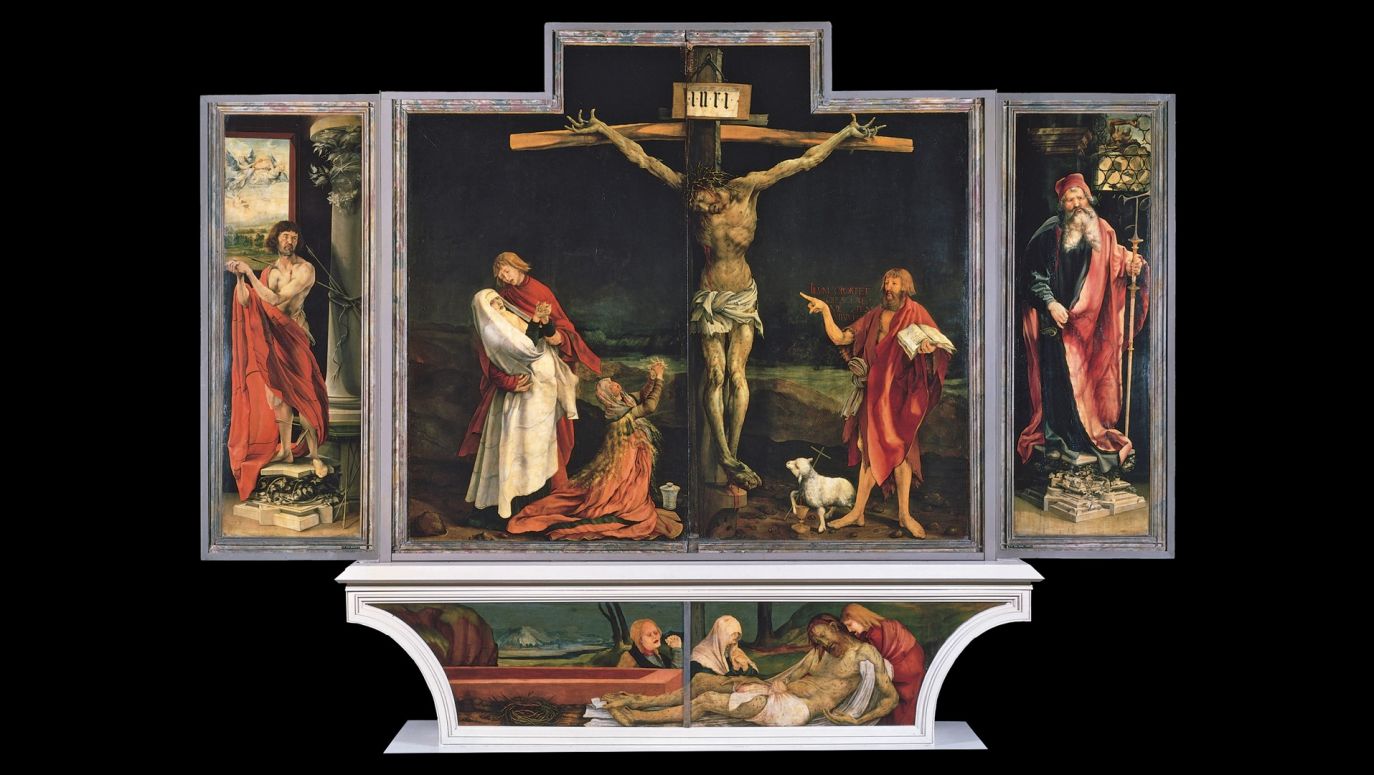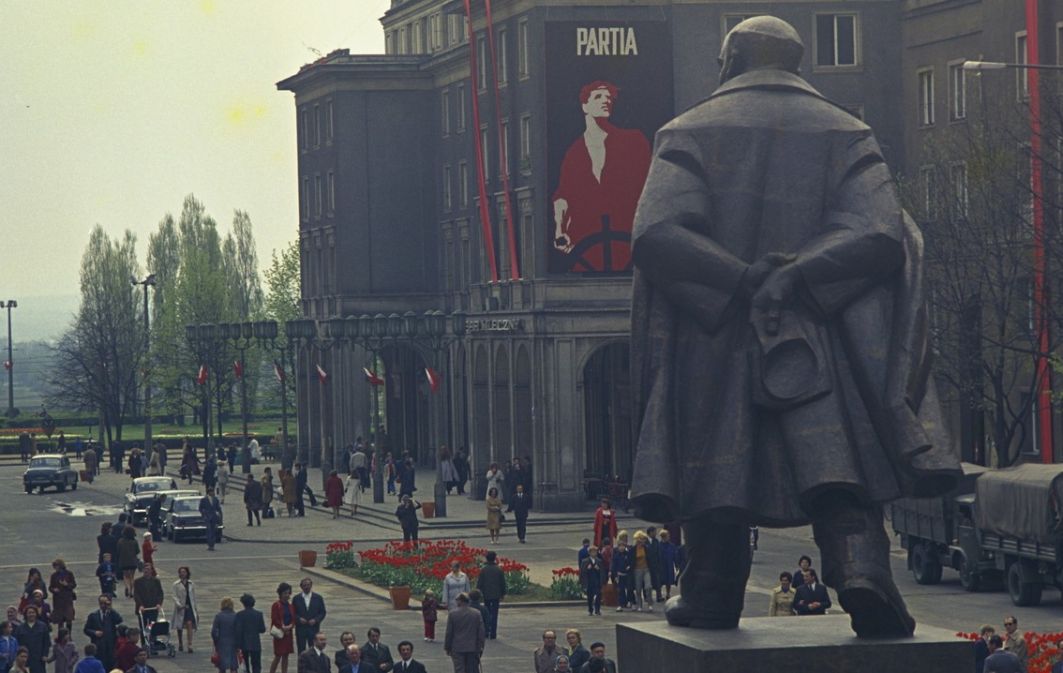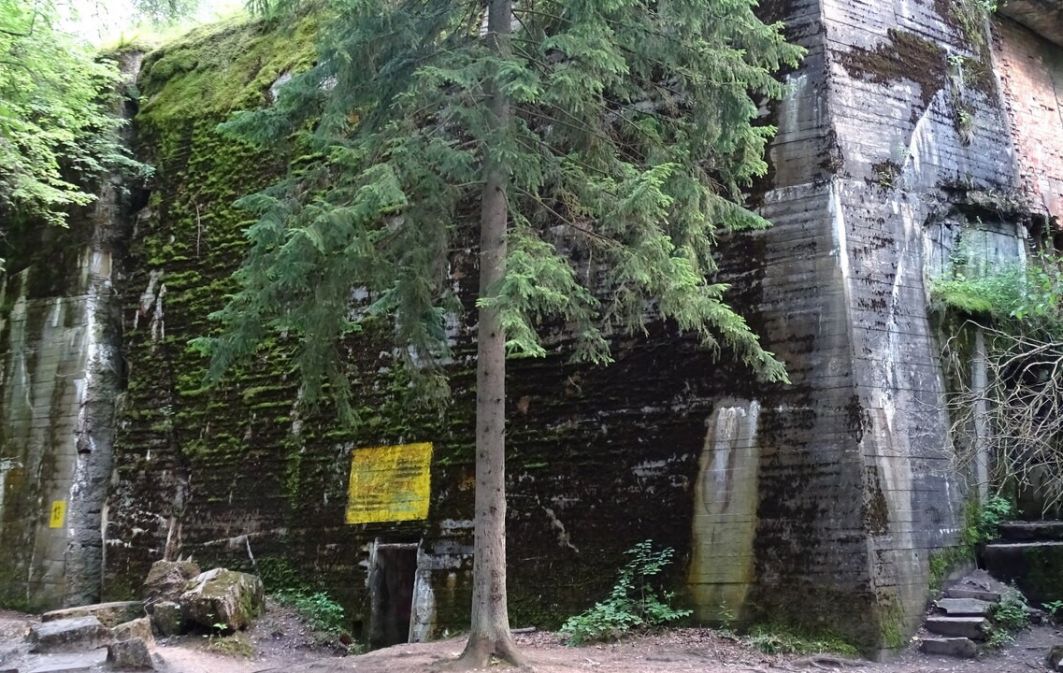And the bread broken by Jesus?
It is certainly not the bread to which we are accustomed. The bread eaten in that time and place was probably flatbread - a round, risen wheat dough baked in the Middle East. But even here there is doubt, depending on which Gospel we look at. One Gospel is about Passover bread - unleavened, that is, not the pita mentioned, but matzo, a flatbread made only of flour and water. It was such unleavened bread that the eldest at the Passover meal dipped in the gravy of the lamb and passed a piece to the youngest. We know this symbolism also from the Last Supper, when Jesus speaks of the betrayal of the one to whom he hands the soaked piece of bread.
 SIGN UP TO OUR PAGE
SIGN UP TO OUR PAGE 
Our idea of this moment is shaped by the work of Leonardo da Vinci. How much truth is there in it?
"The Last Supper" is an image as beautiful as it is unrealistic in the context of first century Jewish culture AD. The apostles are seated nicely at the table, while in the time and place in question, during the feast one usually sat on the floor in the so-called Turk's position. The fashion of low benches and dining in a semi-recumbent position comes from the Hellenistic world. It seems that in this way a more sumptuous, solemn meal could be taken. But certainly not at a traditional table. Consider the scene in which the wanton washes Jesus' feet with her tears and dries them with her hair. It would be absurd if she were to look for them somewhere under the table between the legs of the others.
As for the table itself, we recently had a lively discussion in the editorial board about another scene, the one from Mel Gibson's "Passion" in which Jesus, as a carpenter, makes such a piece of furniture. But a carpenter, which he was, is not the same as a joiner.
In fact, there is such a scene in Mel Gibson's film, and the piece of furniture made by Jesus is more like our modern table, which the Jews did not use at that time. However, this does not change my opinion that the film itself is very successful in conveying the realities of the time, if only because Jesus speaks Aramaic and not English, as in no other film before. As for the profession of carpenter and joiner, at that time there was no such clear distinction between the two in the language. The word used to describe the profession of Jesus of Galilee referred to anyone who worked with wood: both the one who cuts a tree and prepares it for use, and the one who makes a radon or a carriage piece, and the one who inserts a beam under a ceiling.
Or the beam of the cross? The common conception of crucifixion, as it turns out, is also a bit wrong.
This was a punishment reserved only for slaves and rebels. If a Roman citizen committed a serious offense and was to be sentenced to death, he had the privilege of a much more humane execution, beheading by the sword. This is how St. Paul died in Rome. The cross as we think of it today, the symbol of Christianity, was not necessarily a cross. If it was used for a one-time execution, it could simply be a stilt. So if Golgotha was to be a permanent site for the execution of such sentences, one might expect there to have been stakes already permanently placed there. Thus, the condemned did not carry a cross, but a transverse beam, which was placed on the buried stake, either in a special depression that formed a true cross, or by placing it on top, which would resemble the letter "T".
And who did the flogging and nailing? Is it correct to assume that it was Roman legionaries?
Here we open a rather complicated topic of politics in Judea in the first century AD. In the 1530s, when Jesus was crucified, these territories did not have the status of a separate Roman province, but were part of the province of Syria. Judea was under the authority of the Roman procurator Pontius Pilate. Previously, during the reign of Herod the Great, Judea had its own army, which acted as an ally of the Roman army. The soldiers were recruited mainly from the inhabitants of Caesarea and Sebaste, and it was unlikely that there were Jews among them. Was the sentence carried out by the Romans? We do not know for sure. There were no Roman legions stationed in Jerusalem at that time, and if there were soldiers there, it was only to protect Pilate, who was overseeing the Passover. For the Roman procurator did not reside in Jerusalem, but in Caesarea Superior. The New Testament does mention Roman soldiers, for example, the centurion Cornelius of the Italic cohort, but even this does not refer to legionaries who came from Rome. So to the question of who were the soldiers at Golgotha, I would answer: We do not know, we have no sources about it.
Is there any doubt about the Way of the Cross itself, the Passion, and the location of the Lord's tomb?
Let us begin at the beginning, that is, at the place of the judgment and the pronouncement of the sentence: There are two possible locations. If we take into account the version of the Gospels that the judgment was pronounced by Pilate, a Roman authority who had to be stationed somewhere, it could have been Herod's palace. Today there is the so-called Citadel of David, which has little to do with King David himself, but is a Mamluk fortress built on the foundations of Herod's residence. But there is also another possible location of the place where Pilate "washed his hands" It is the Antonia fortress on the northern edge of the temple plateau, where the Roman governor may have stayed for a few days. When the Way of the Cross began, it probably led to the area of the quarry. Today, when we walk the Via Dolorosa in Jerusalem, we are not leaving the city itself, but the place of execution was once outside the city. At the seventh station, we leave the city walls and walk all the way to Golgotha. Interestingly, Emperor Hadrian later built a temple to Aphrodite on the hill with a statue of the goddess, which was a thorn in the side of the Christians. The whole thing was demolished only during the reign of Emperor Constantine the Great. Later, tombs were found in the quarry hollow, one of which may have been the tomb of Jesus. If we want to follow the topography of Jerusalem, this route more or less coincides with the records in the New Testament.
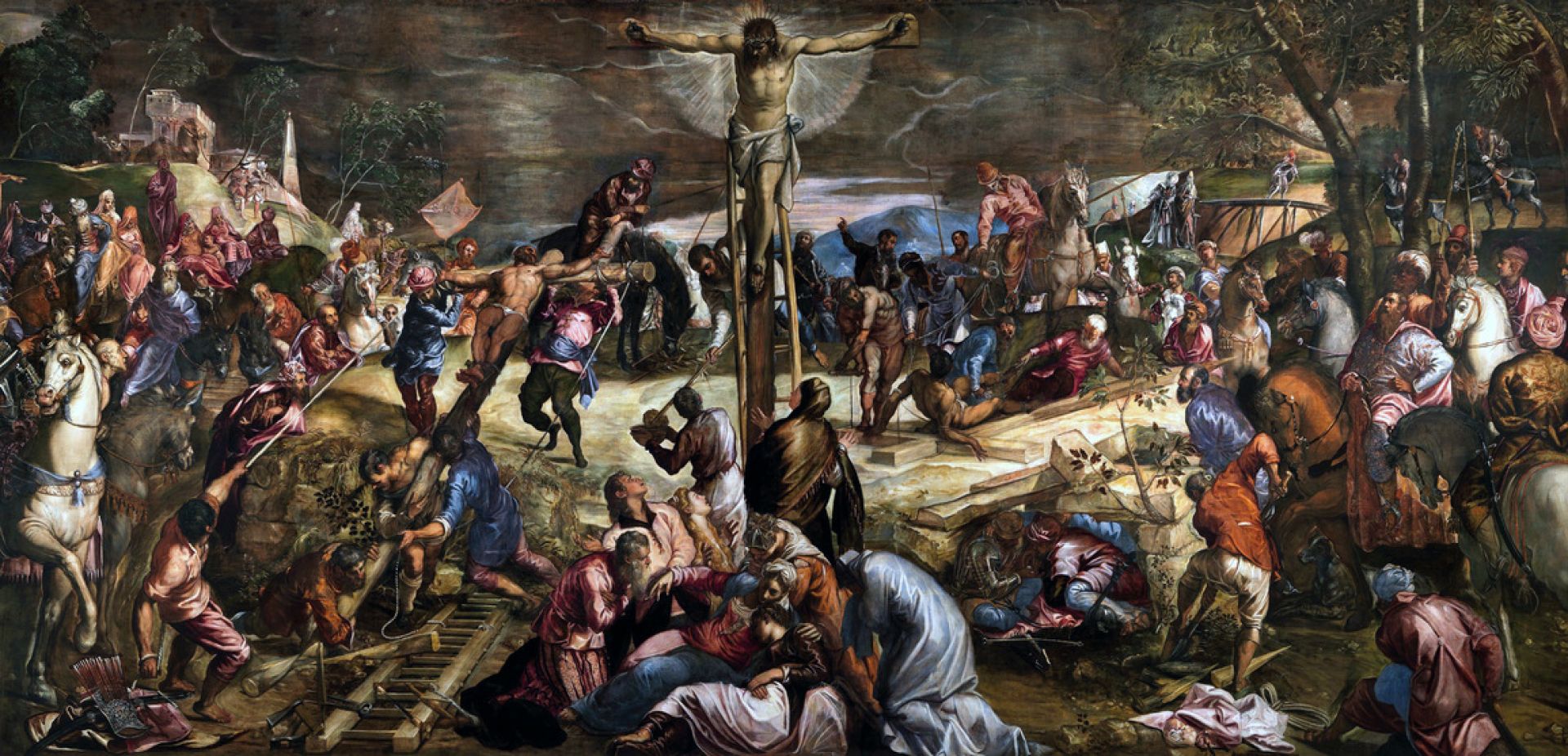
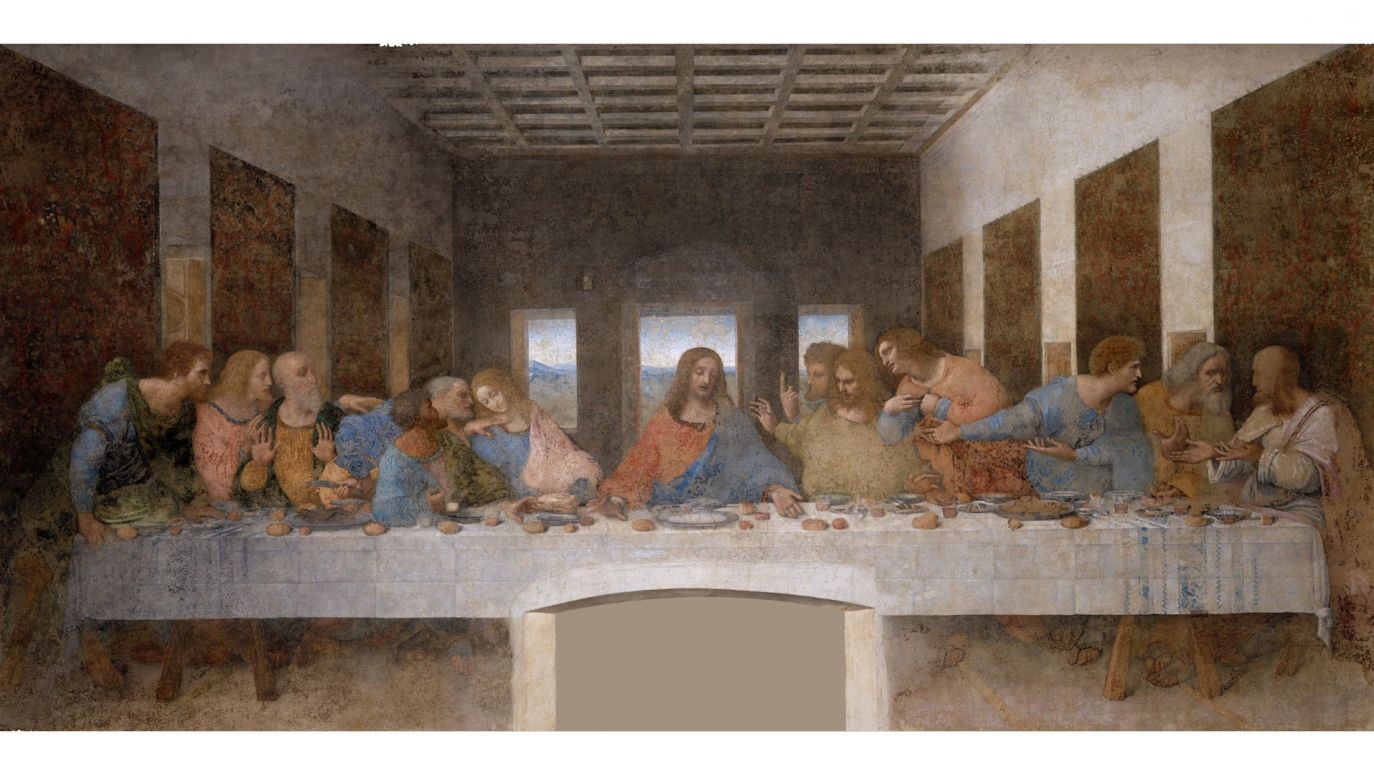
 SIGN UP TO OUR PAGE
SIGN UP TO OUR PAGE 
